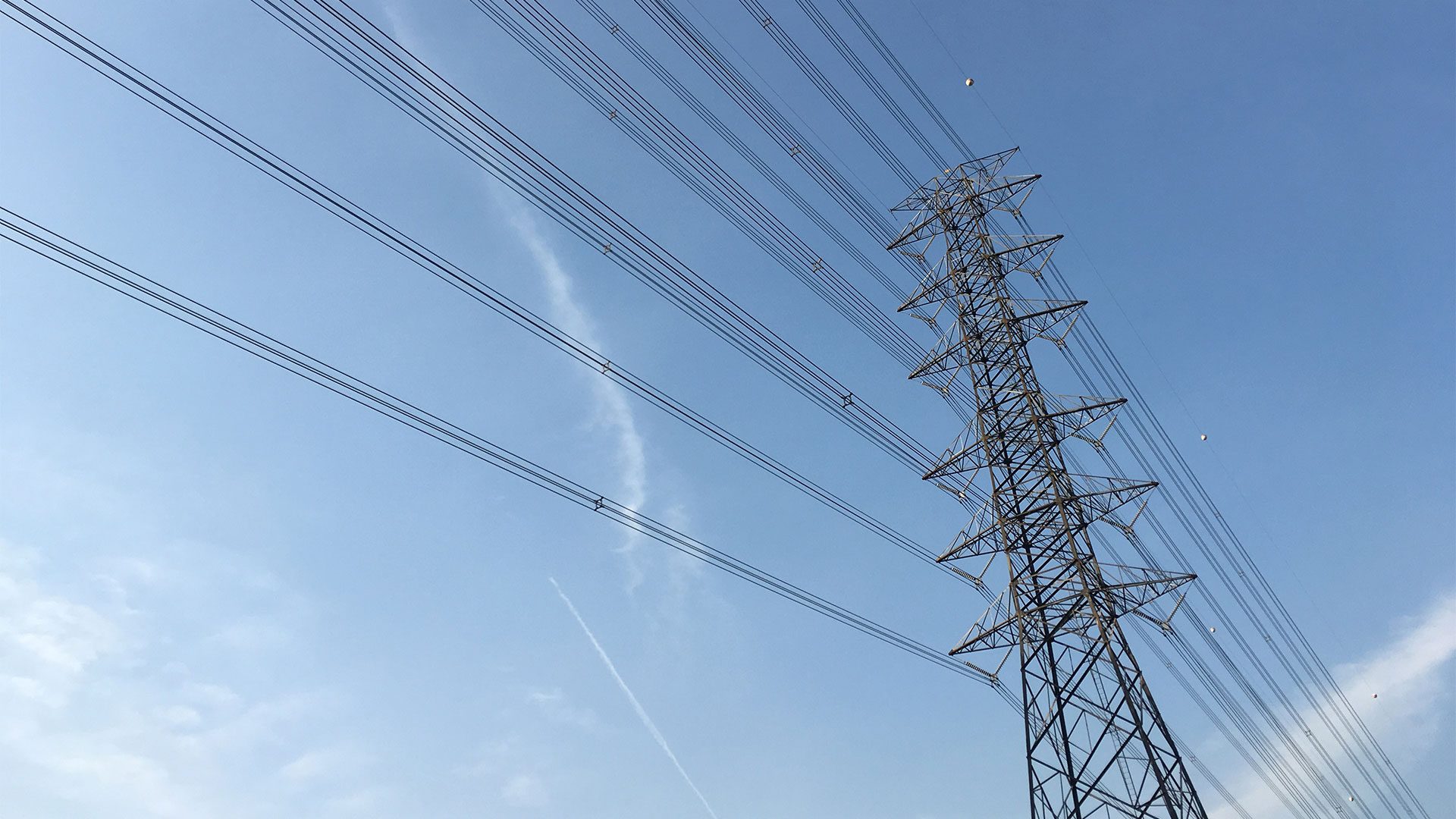The ERCOT LFLTF meeting focused on updates regarding large load integration, key revisions to planning criteria for large load connections, and ongoing discussions on load shed scenarios. The meeting also addressed task force progress and possible steps moving forward, including a discussion about whether to continue the LFLTF meetings once key revisions and projects are completed.
Large Load Queue Update
ERCOT staff provided an update on the large load interconnection queue, with data showing a significant increase in capacity over the past twelve months. The large load queue currently includes four categories:
- Approved to energize: 5,496 MW of projects, with 1,570 MW approved in the last year.
- Geographical breakdown: 2,854 MW in the west zone and 2,642 MW in other zones.
- Project breakdown: 4,421 MW standalone and 1,075 MW co-located.
- Planning studies approved
- Under ERCOT review
- No studies submitted
Notably, the queue saw a total increase of 4,439 MW due to a combination of new standalone projects, co-located projects, and some cancellations. Observed non-simultaneous peak consumption reached 3,282 MW, while the simultaneous peak consumption was 2,815 MW.
Discussions highlighted that ERCOT does not currently categorize loads as flexible, which is something that may be addressed in future projects and commission actions. It was emphasized that by 2028, ERCOT will have approved more than 14 GW for large loads. Clarifications were provided about how load ramp and transmission upgrade requests are processed.
NPRR1238 Discussion
The focus shifted to NPRR1238, which proposes adjusting load shed percentages by removing interruptible loads from load shed tables and calculating requirements based on firm loads. ERCOT staff explained the intent behind the revision, which sparked concerns from stakeholders about the impact on Non-Opt-In Entities (NOIE) areas.
Stakeholders raised questions about the potential interactions between NPRR1238 and NPRR1234, noting that the projects should be sequenced properly due to their dependencies. ERCOT is working to present a scenario for the Operating Working Group (OWG) surrounding load shed percentages and intends to synchronize NPRR1238 with NPRR1234.
The methodologies for calculating load shed percentages were discussed, particularly in relation to how load ratios change over time. ERCOT stressed the manual nature of current load shed processes and expressed a preference for a system-based operation rather than manual management. The approval of NPRR1238 is expected around Q1 of 2025, with operational adjustments taking at least six months to implement due to the need for reliability in large load registrations.
Maximum Size of Single Large Load Connection – Revised Concept
ERCOT staff presented a revised concept for large load connections, aimed at simplifying the interconnection process while maintaining grid reliability. The key proposal limits large load interconnections to 1,000 MW at a single point of interconnection.
Plans were shared for filing a Protocol Revision Request (PGRR) to update planning criteria with a 1,000 MW limit. In addition, a separate PGRR will be filed to ensure that no more than 1,000 MW is lost for any single contingency during planning studies. These changes will require further study to validate the 1,000 MW limit, with operational challenges, particularly grid stability, considered.
Clarifications were made regarding the definition of a “single point of interconnection” (POI), with discussions ongoing about whether to use the term POI or another definition. There were also technical discussions on how to manage faults in ring bus or breaker schemes, as well as voltage ride-through and contingency scenarios.
The idea of grandfathering existing interconnection points was raised, and stakeholders discussed the possibility of operational challenges when loads exceed the 1,000 MW threshold.
Schedule of Future Meetings
The discussion on future meetings emphasized that the LFLTF had not yet met expectations, especially in areas like developing ways for flexible loads to participate in ancillary services. After completing NPRR134, PGRR115, and NPRR1238, some participants suggested that the task force could go into hibernation unless specific issues arose.
There were additional discussions about the handling of NPRR1234, with expectations that it would be discussed in the Retail Operating Subcommittee (ROS). It was suggested that queue updates could continue at WMS (Wholesale Market Subcommittee) unless a more public reporting method is established.
Participants agreed that LFLTF meetings may not need to be scheduled regularly unless new, specific issues arise, such as interconnection discussions or pressing legislative issues.



